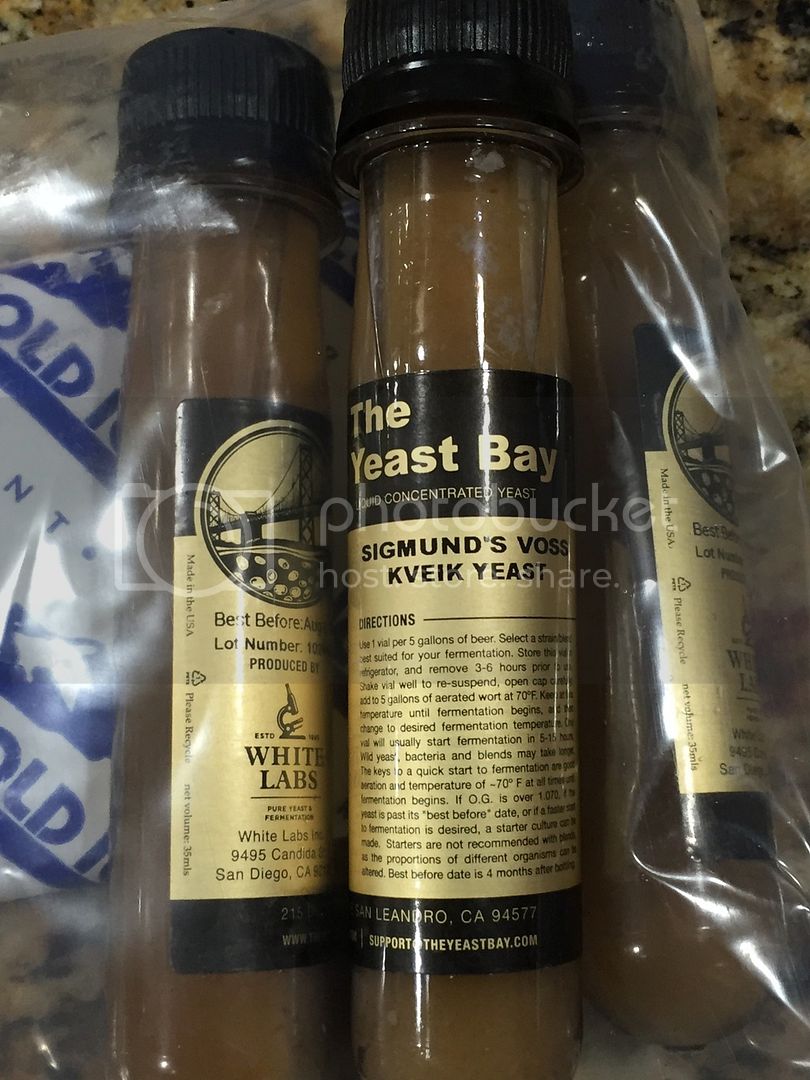wheebz said:sure
remember all that shit I give you guys about keeping the beer out of the light?
dont
and boom, now you have heineken
I knew this iteration on the question was coming ...
wheebz said:sure
remember all that shit I give you guys about keeping the beer out of the light?
dont
and boom, now you have heineken
tctenten said:Dear Wheebz:
I have a yeast question for you. All of my batches have been in the 2-2.5 gallon size. I have used Us-05 for all of them except the brew down brew. I used that Belle Saison yeast. It was also the first time I fermented at temps higher than the 67-69f range. The Belle Saison yeast had bubble activity in the blow off tube for about 10 days. Every time I have used the US-05 there are no bubbles after 4-5 days. Is it the yeast or was it the higher temperature 78f, that caused the prolonged fermentation?
Well, unless it works best at higher temperatures like thisgrantmichaels said:
higher temp typically makes faster fermentation ... for all yeast ... and more esters and phenols ...
...


How long is it going to take you to propagate the yeast to have have enough to pitch for what, 1 barrel batch? Sounds pretty cool!wheebz said:recipe i wrote for this strain uses spelt, rye, oats, and pilsner malt
pitching at 90, and letting it free rise to whatever it ends up hitting
hopped with Mandarina Bavaria
wheebz said:If you are decocting, dunkelweizen
